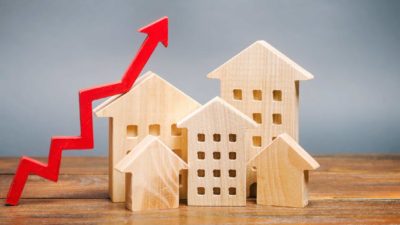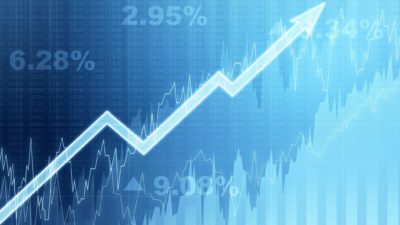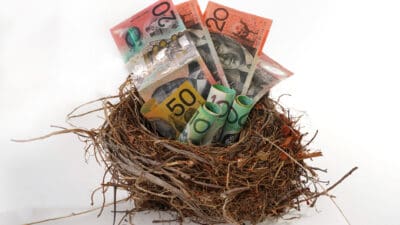ASX dividend income is one of my favourite things about investing in Australian companies. My passive income is slowly but surely helping me get closer to financial independence and, eventually, retirement.
I've been investing in ASX shares for a fair amount of time now. My portfolio currently consists of individual ASX shares, listed investment companies (LIC), and exchange-traded funds (ETFs).
My love for ASX dividend share income was sparked over a decade ago when I learned about the taxation benefits of franking credits. Extra money just for receiving a dividend?! Sign me up.
When investors receive a $70 fully franked dividend, the ASX dividend share also attaches $30 of franking credits, providing an investor with $100 of grossed-up dividend income. Isn't that great? The $30 is a refundable tax credit, which is added to the next tax return.
But $100 of income is not going to pay for much in retirement.
How much ASX dividend income I'm aiming for
One of the many useful things about dividends is that they're typically more consistent and reliable than capital growth.
Dividends are decided by the company's board as long as there is enough profit reserve and cash in the bank to do so.
I'd love to see enough dividends rolling into my bank account each year to pay for all of my desired annual expenses in retirement/financial independence. I view financial independence as receiving enough investment income to stop working if I wanted to but not necessarily choosing to.
If enough dividends were flowing in, I wouldn't even need to sell any of my portfolio. However, the inflationary period of the last few years has increased how much I'll need in dividends to cover life's expenses.
To start with, I'd just want enough income to cover the basics – to be able to keep paying for the roof over my head, the utilities, food, transportation, and other essentials like that. I'm currently aiming for financial independence – enough investment income to live off – rather than retirement, but I'd like enough passive dividend income to eventually retire as well, many years down the track.
I don't know exactly how much ASX dividend income I'll need for financial independence; it depends on inflation. But for now, I'm hoping to reach $60,000 in annual passive income. Ideally, I'd like to reach a larger figure so I can fund the basics like holidays, attending events, and other discretionary spending.
So, I'm approaching it one target at a time.
At this stage, I am a long way off receiving $60,000 annually; I'm only a fraction of the way towards that income goal.
But, the great thing about the power of compounding is that each financial target comes quicker as your portfolio grows by itself.
If a $10,000 portfolio grows by 10% in a year, it becomes worth $11,000.
If $100,000 grows by 10% in a year, it becomes worth $110,000.
If $1,000,000 grows by 10% in a year, it becomes worth $1,100,000.
To receive $60,000 of annual ASX dividend income with a portfolio dividend yield of 5% would require a balance of $1.2 million. That's quite a daunting target. But, as I demonstrated above, the last year of my investment journey could see my portfolio add over $100,000 to the goal organically, without including any additional investments from my own budget.
So, I just need to keep spending less than I earn each month, saving and investing some of the proceeds into the ASX share market. That's what I'm doing right now.
Hopefully, the investments I own will continue paying larger and larger dividends, unlocking a better lifestyle for me after year one of financial independence/retirement.
Which ASX shares I'm using
I can't mention every stock I own because I recently invested in some of them. The Motley Fool's disclosure rules mean I'll need to wait until later this week to write about them. Keep an eye out for that article!
But, some of the dividend-focused investments I can mention include Brickworks Limited (ASX: BKW), Hearts and Minds Investments Ltd (ASX: HM1), Bailador Technology Investments Ltd (ASX: BTI), Future Generation Australia Ltd (ASX: FGX), and WAM Microcap Limited (ASX: WMI).
I also own several compelling ASX growth shares, and I hope they can pay sizeable dividends as their earnings grow.









